AWD Sedans With the Best Fuel Economy
Driving all four wheels of a car means that the engine has to do some extra work, and historically that's been associated with a hefty fuel-economy penalty. But all-wheel-drive sedans have made a lot of advancements in recent years. Not only has fuel economy improved across the board for all vehicles, but some companies have also drastically reduced the AWD gas-mileage deficit.
The Subaru Impreza, for example, is rated an impressive 38 mpg on the highway, and that's with standard AWD. The all-wheel-drive Mercedes-Benz E-Class, equipped with the four-cylinder engine, drops just a smidge from 25 mpg combined to 24. Meanwhile, the four-cylinder BMW 5 Series loses a single mpg on the freeway (from an impressive 34 mpg to 33) yet keeps the same 27 mpg combined. It's clear that many AWD sedans have turned the corner in this regard, and that's good news for both the environment and your wallet.
All-Wheel-Drive Sedan Benefits
All-wheel-drive sedans offer improved traction on all kinds of surfaces and in all kinds of conditions when compared to their front-wheel- or rear-wheel-drive counterparts. Since AWD cars can transfer power "from the wheels that slip to the wheels that grip," as Subaru's classic tagline had it, they can better take advantage of available traction when the going gets iffy.
All-wheel drive can also enhance on-road performance in normal conditions. During spirited driving, an AWD sedan may send power to the outside wheels in a turn to improve cornering, as well as shuffle power front to back to help correct a wayward course. Cars with very powerful engines also accelerate more quickly when they're able to distribute that power to all four wheels.
There are trade-offs in terms of cost, weight and efficiency. Driving enthusiasts may also debate the difference in performance and feel between two-wheel- and all-wheel-drive cars. Buyers should think about factors such as the road and weather conditions where they live, how they plan to use their cars, and what type of handling they enjoy when deciding whether to opt for all-wheel drive.
If you'd like more help deciding, be sure to read "Do You Need an All-Wheel-Drive or Four-Wheel-Drive Car?"
AWD vs. 4WD
AWD and 4WD have become more and more similar over the years. There was a time when AWD vehicles weren't considered off-road capable, but advances in traction control systems have largely leveled the playing field. There are part-time and full-time AWD and 4WD systems and also selectable AWD and 4WD systems that can be turned on and off by the driver.
The clearest difference is that if you see a vehicle labeled 4WD, it will almost certainly have low-range gearing that allows it to crawl. This feature does make a 4WD vehicle more capable in extreme conditions in which you need to apply a lot of torque to the wheels at very low speeds.
To learn more about the differences between drivetrain types, check out our in-depth article "AWD vs. 4WD: What's the Difference and Which to Choose?."
AWD vs. RWD
As much as AWD systems may improve vehicle dynamics, rear-wheel drive is still the gold standard for balanced, responsive handling. That's why the sporty luxury sedans on our list from BMW and Mercedes-Benz are built on rear-wheel-drive platforms. You get better straight-line acceleration with RWD than with FWD, along with a livelier handling experience that's generally more rewarding.
AWD cars can put down power more efficiently in high-performance settings, making for quicker acceleration numbers, and they claw tenaciously for grip through the turns. On the other hand, they're frequently described as feeling less exciting by experienced drivers. AWD systems also add weight, which tends to slow the car down relative to a rear-wheel-drive setup.
AWD vs. FWD
Front-wheel drive is all about efficiency, and not just fuel efficiency. Many small cars are FWD-only because it allows them to pack all the powertrain components at the front of the car to open up more space in the back. The Honda Fit, for example, owes much of its impressive cargo storage capabilities to the fact that it doesn't need to make room for a driveshaft connecting the engine and the rear wheels.
Front-wheel-drive cars also tend to be less sporty and much more prone to understeer (that is, the tendency to "push" wide of the intended line in spirited cornering). That said, some FWD cars have picked up tricks from AWD systems. The Volkswagen GTI, for example, can be equipped with an active front differential that shifts power to the outside wheel in turns to improve cornering and tame understeer.
Choosing the Right AWD Sedan for You
If you're in the market for a sedan and you like the idea of a more sure-footed vehicle in adverse conditions, or a more confident vehicle on twisting back roads, it's worth considering all-wheel drive. If you're interested in learning about more all-wheel-drive sedans, you can use our car-finder tool to locate an all-wheel-drive sedan.
It's important to consider your needs and budget. How much space do you need? How much luxury can you afford? Is performance an important consideration? We've outlined the strengths of each vehicle in our summaries here, but be sure to read our full ratings and reviews to make sure the car you choose is the best car for you. After finding the right car, click through to the inventory page to see the best prices in your area. For a complete list of Edmunds' best sedans, visit our Sedan Rankings page.
Related Sedan Articles
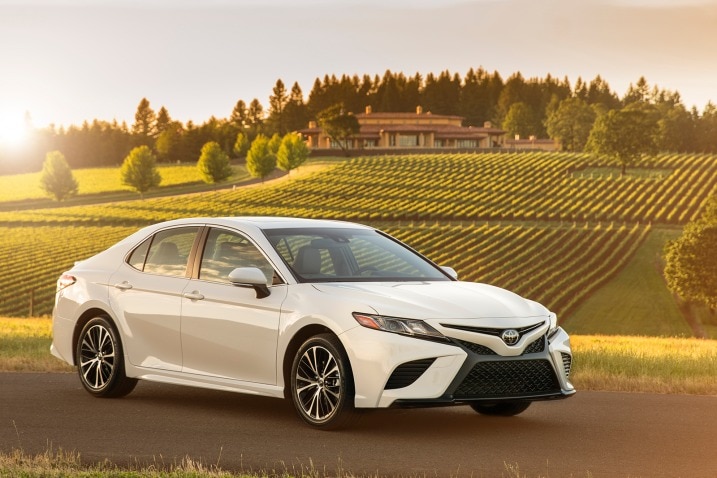
Shopping for a new midsize sedan? Let Edmunds help. Our experts put every midsize car to the test so you won't have to. Here are this year's best midsize sedans.
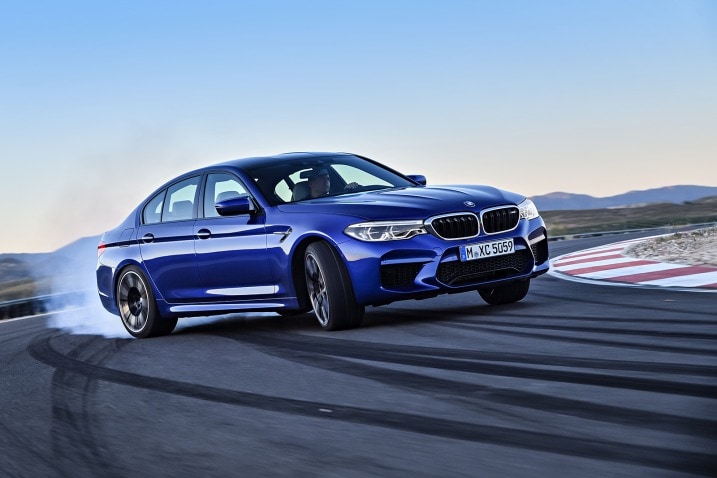
If you're looking for an engaging driving experience in a four-door sedan, look no further. The Edmunds experts tested the field and rounded up the best sport sedans of 2018.

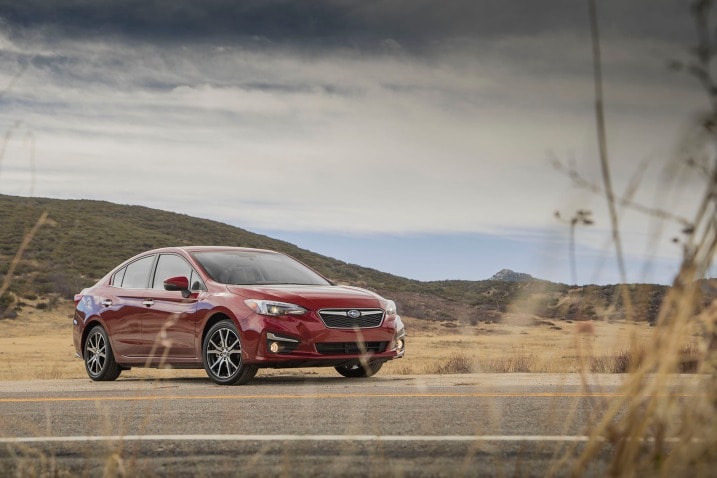
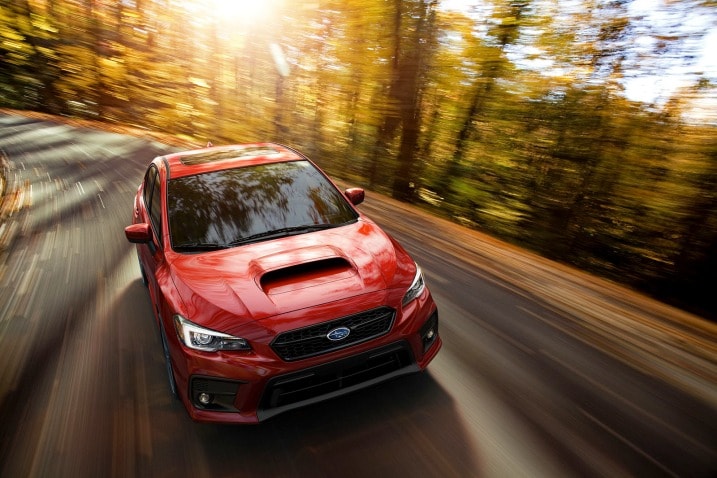
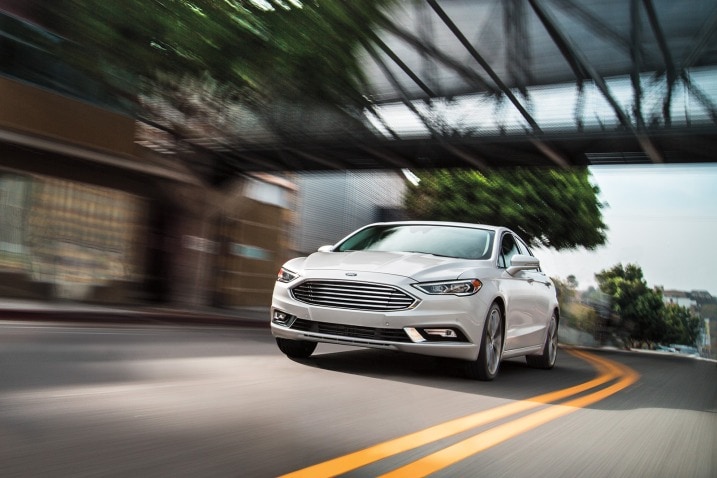

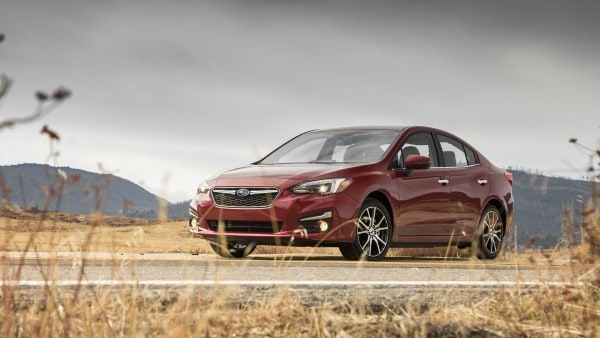
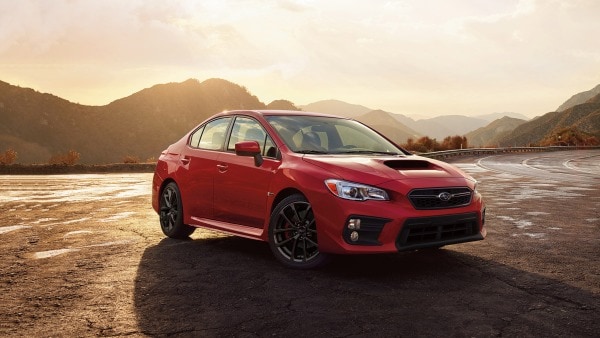
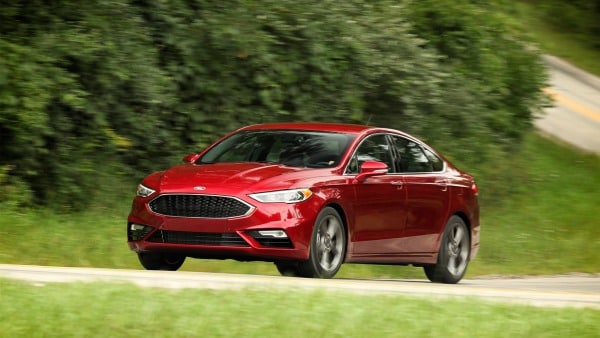
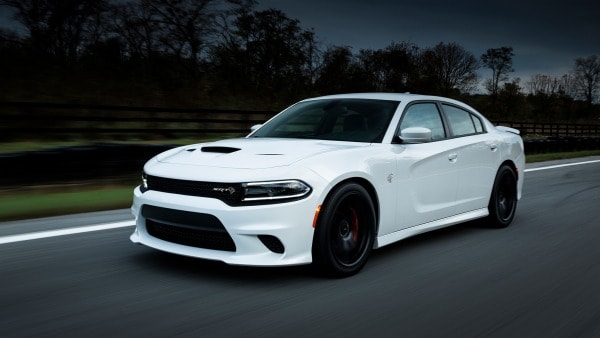


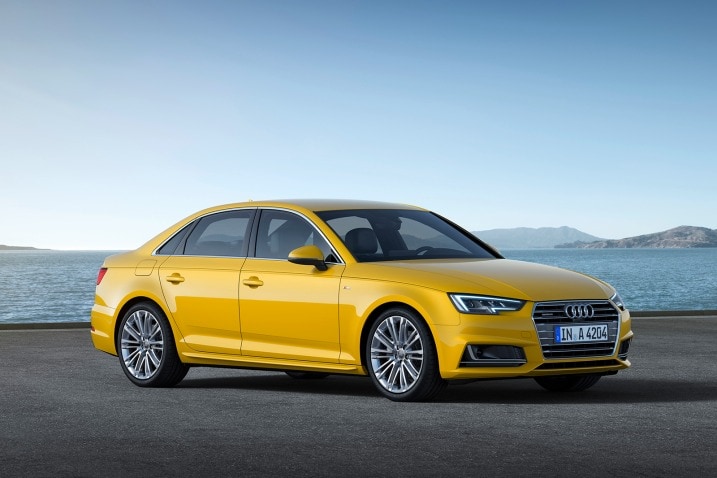



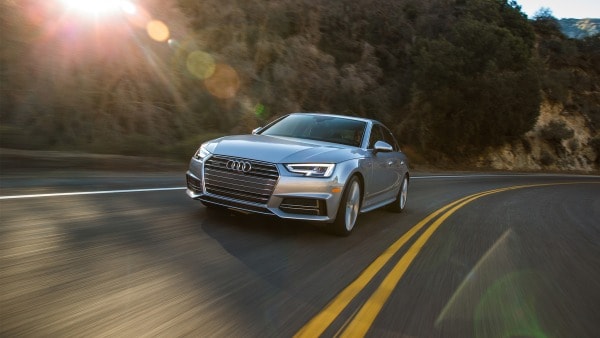

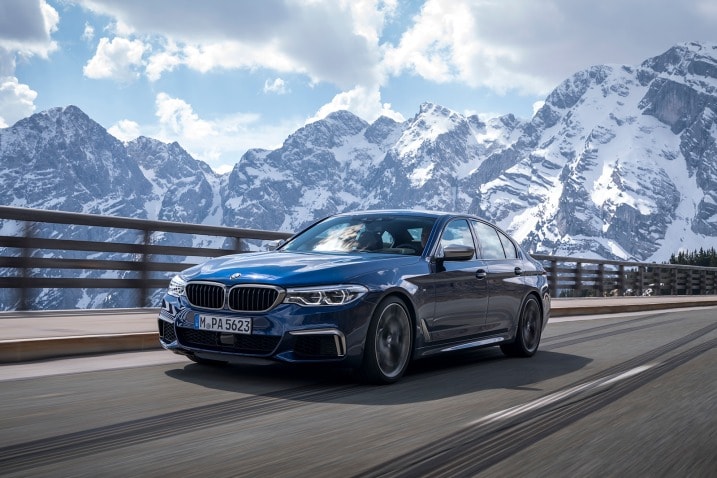

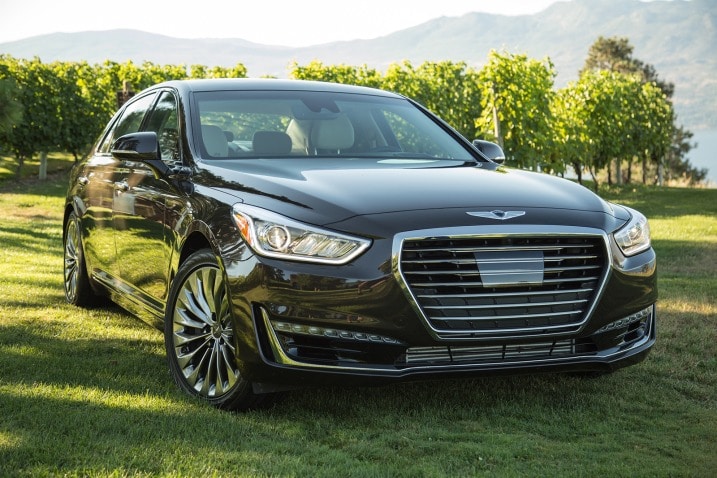
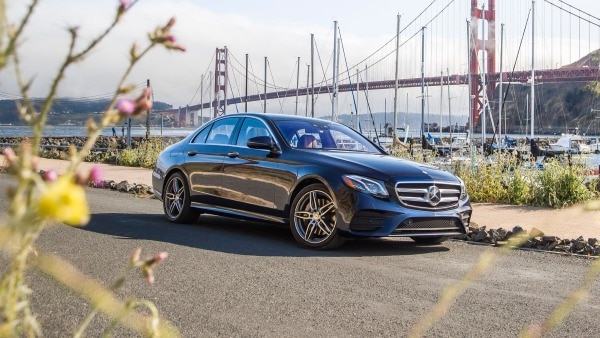
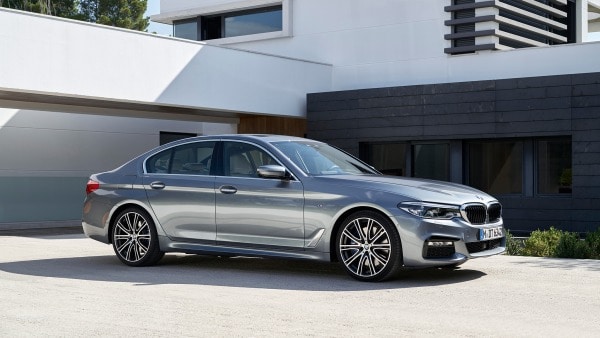

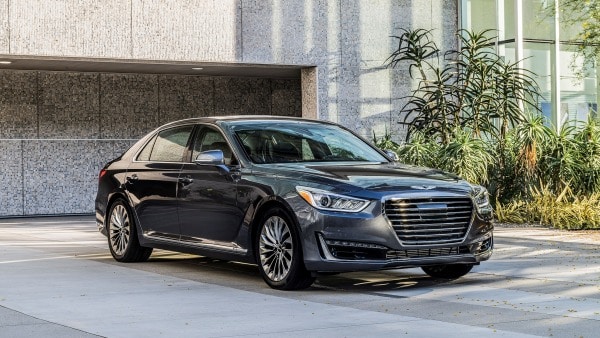


 by
by